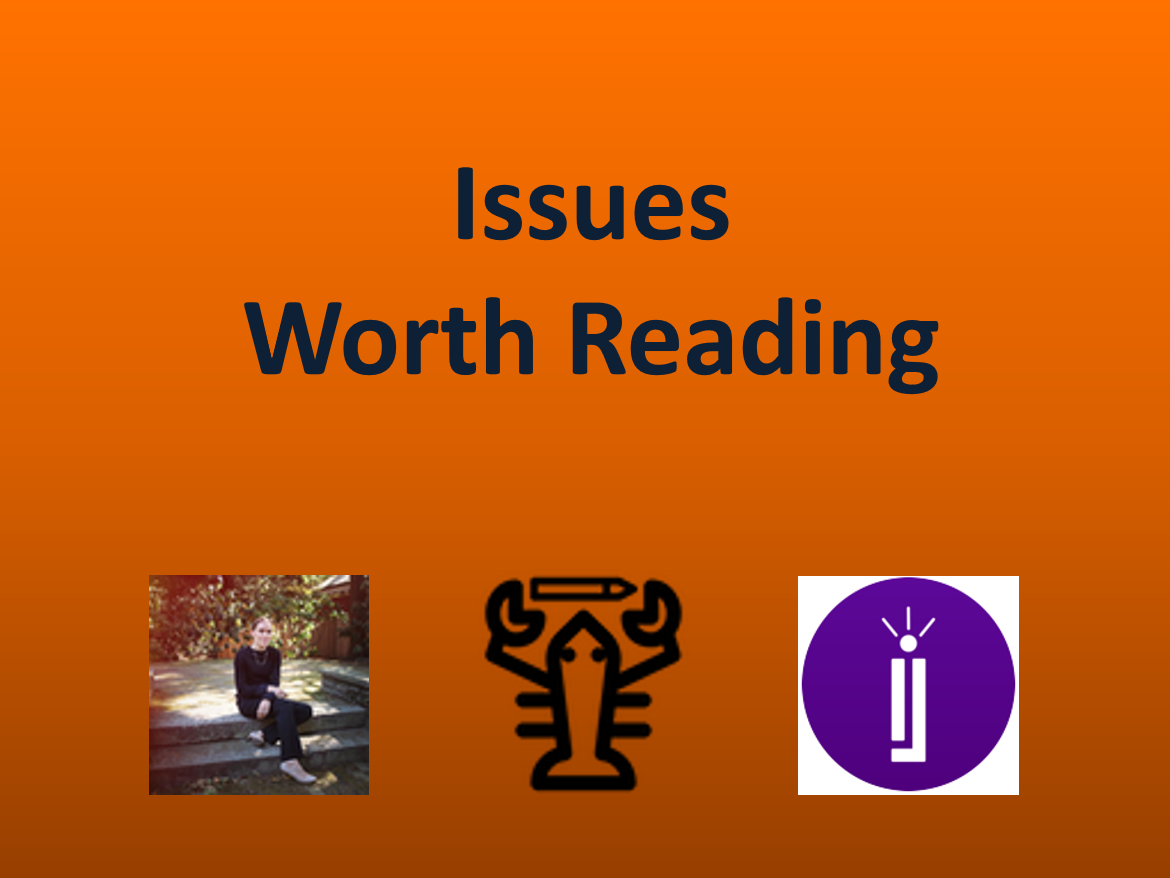4/9/21 Recommended Issues: Covid Risk Calculator, Deathbed Test, Data Visualization

Good day!
Each week we handpick newsletter issues by independent writers you may have missed that provide new or unique perspectives.
If you read last week's and would like to subscribe or leave a review of any of the highlighted newsletters, you can do that here: Noahpinion, Culture Study, TrueHoop, and the Cosmopolitan Globalist. The narrowSCALE community really appreciates it!
Also, if someone forwarded you this and you'd like to subscribe, you can do that here -- thanks!)
Here's what's worth reading this week...enjoy!
A COVID RISK CALCULATOR
What Can I do? A Calculator. In Parent Data by Emily Oster on April 6
As more and more people are getting vaccinated (at least in the countries where most of the readers of this newsletter reside...US, CA, UK…), it can be challenging to figure out the magnitude of risk for certain activities or for seeing certain people. Emily, an economist who has been writing about how to interpret Covid-19 data all along, actually put together a full on spreadsheet model (here) that you can use to understand the risk of indoor activities with different amounts of vaccinated and unvaccinated people. Her newsletter issue this week talks through the data model and helps you to really groc magnitude of risk -- which hopefully should leave you more empowered and confident in your decisions of what to do/not to do based on your risk tolerance. Have fun plug-and-playing in the model!!! (2105 words; 7.5 minutes) Read it...
DEATHBED TEST
Weekly 3: Begin with your end in mind in Idea Journal Weekly 3 on Apr 4
While this issue sounds morbid, it’s whole point is about how to figure out who/what is really important to you *now* while you still have a chance to choose with whom to spend your time or on what to spend your time because you’re NOT dead! The issue is short, but can pack a punch if you’re interested in taking a few moments to try out the Deathbed Test and see if there are any aspects of how you’re spending life that you’d like to reevaluate or redirect. (798 words; 3 minutes) Read it…
FLORENCE NIGHTINGALE’S DATA VISUALIZATION
#62 A design by Florence Nightingale in Design Lobster by Ben Strak on Apr 4
Not often in life do you get to discover the first time a specific type of data visualization was used...In this issue, you learn about how Florence Nightingale (famous for her work as a nurse to significantly reduce deaths by improvements to sanitation in hospitals) also created a new way to visualize data, called a Rose Diagram-- and it helped people to better understand the impact of sanitation on death rates and garner more support. It’s fascinating to see and to think about how many lives were saved because she was able to not only KNOW her efforts were successful, but she could COMMUNICATE that successfully through a data visualization-- over 150 years ago. (Also, more generally, if you’re at all interested in Design --how things are designed, what are the implications/impact of design, etc-- Design Lobster is a fascinating weekly read!) (679 words; 2.5 minutes) Read it...
Some things I learned from newsletters this week:
- Paul Simon announced he was selling his catalog for reportedly “nine-figures” to new-minted Sony Music Publishing. That's a LOT of $$$. Penny Fractions Apr 7
- A 2nd artificial heart is about to go on the market in June in Germany...which is good news if you're a man as it's "suitable for most men", but since it's "too big for most women", it's not exactly going to help half the people who need it...Here's to hoping they're able to also make and test smaller versions... Invisible Women Apr 5 (and CNN)
- Coinbase, a platform for trading crypto currency is going public on Apr 14th...they have 56million users, which is apparently more than Venmo, CashApp, Robinhood, eToro and most every other bank not named JPMorgan...not bad! Blockfolio Apr 6
- Before the birds and the bees! Who knew that magnolia trees existed so far back that it was before today's "common" pollinators (bees, butterflies, etc) existed! So magnolias evolved to be pollinated by beetles and flies instead! Why is this Interesting Apr 7
If you know someone who may enjoy this newsletter, feel free forward!
And if you're looking for any specific newsletters to read, you can always email me or explore narrowSCALE.
Also, if you're not subscribed to THIS newsletter yet, please subscribe here :)!
Best,
~Jessica